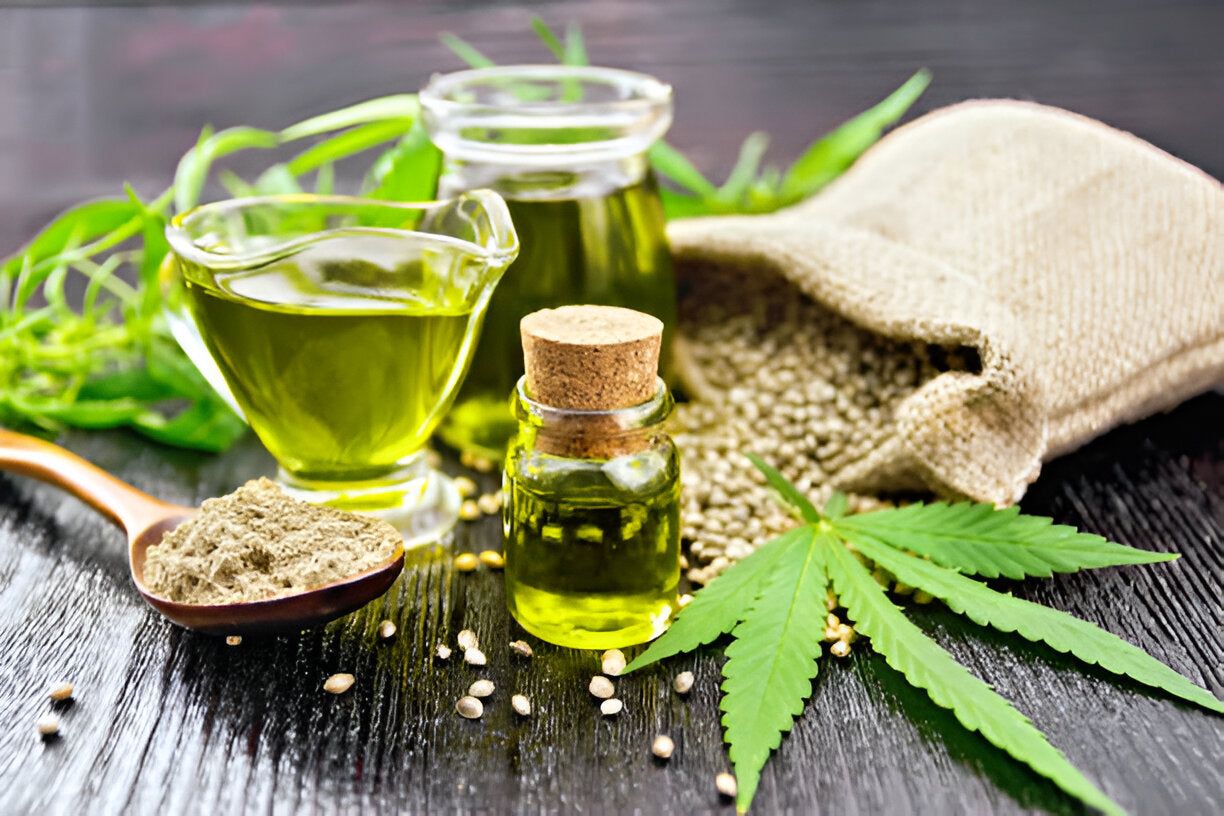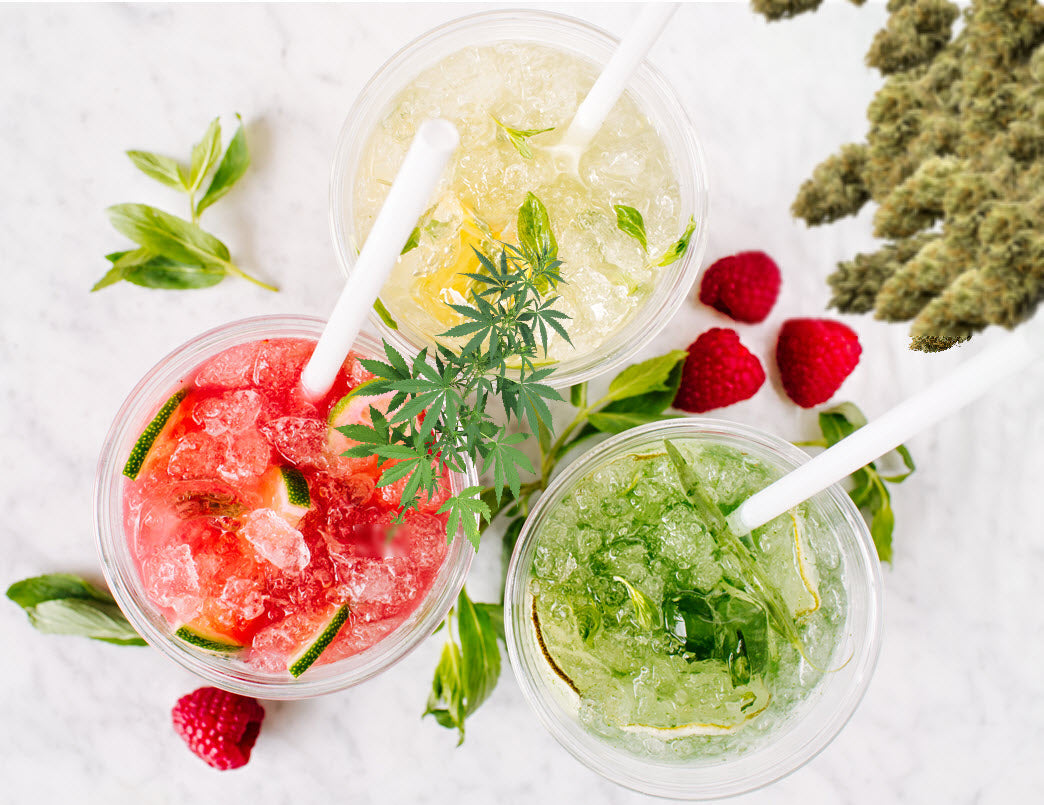
Unpacking the CDC’s Latest Findings on Cannabis Consumption Trends
The landscape of cannabis use in the United States is evolving rapidly, with new methods of consumption gaining traction among adults. A recent report from the Centers for Disease Control and Prevention (CDC), published on April 10, 2025, sheds light on this shift, highlighting a surge in the popularity of marijuana edibles, vaping, and dabbing. Drawing from the 2022 Behavioral Risk Factor Surveillance System (BRFSS), the report reveals that while smoking remains the dominant method of marijuana use, alternative methods are carving out significant space in the market. This 1000-word exploration dives into the data, trends, and implications of these findings, offering a fresh perspective on how Americans are engaging with cannabis today.
Smoking Still Leads, But Alternatives Are Closing the Gap
The CDC’s report confirms that smoking marijuana, whether through joints, bongs, or blunts, remains the most prevalent method of consumption, with 79.4% of current cannabis users reporting it as their primary route. This figure, while dominant, reflects a decline from 2016, when 90.1% of users smoked, signaling a shift in consumer preferences. The BRFSS, a nationwide telephone survey of adults aged 18 and older, included an optional marijuana module in 2022, allowing respondents to select multiple methods of use for the first time since 2016. This methodological update provides a clearer picture of how users are diversifying their consumption habits.
Among the 15.3% of adults who reported current marijuana use in 2022, 7.9% indicated daily use, underscoring the drug’s integration into routine life for many. However, the rise of non-smoking methods is where the story gets interesting. Eating cannabis, vaping, and dabbing have emerged as significant players, with 41.6%, 30.3%, and 14.6% of users reporting these methods, respectively. The data also reveal that 46.7% of users employ multiple methods, often combining smoking with eating or vaping, reflecting a growing curiosity and experimentation among consumers.
Marijuana Edibles Online: A Sweet Spot for Growth
Marijuana edibles have seen a remarkable rise, with 41.6% of cannabis users in 2022 reporting consumption through foods like gummies, brownies, or beverages. This marks a significant increase from 2016, when only 24.5% of users reported eating cannabis. The appeal of edibles lies in their discretion, ease of use, and avoidance of lung irritation associated with smoking. From baked goods to candies, the variety of Marijuana Edibles Online has exploded, with e-commerce platforms offering everything from THC-infused chocolates to vegan gummies. This accessibility has fueled their popularity, particularly among women, who, according to a 2023 National Institute on Drug Abuse study, now surpass men in cannabis consumption, with 29% preferring non-flower products like edibles.
However, the CDC warns of risks, including delayed onset effects that can lead to overconsumption. Edibles take up to two hours to produce effects, compared to the near-instant high from smoking, increasing the likelihood of accidental overuse. This has contributed to a rise in emergency department visits, particularly for anxiety or panic attacks, and a concerning uptick in accidental pediatric ingestion due to the candy-like appearance of many products. Public health campaigns are now emphasizing “start low, go slow” messaging to educate users about safe dosing.
Marijuana Vaping Online: A Cloud of Controversy
Vaping, reported by 30.3% of cannabis users in 2022, has surged from 19.4% in 2016, driven by sleek devices and the perception of reduced harm compared to smoking. The availability of Marijuana Vaping Online has made cartridges, pens, and dry herb vaporizers widely accessible, appealing especially to younger adults aged 18–24, where 44.7% reported vaping. The CDC notes that vaping is particularly prevalent among non-Hispanic Native Hawaiian or Pacific Islander respondents, with 51.7% engaging in this method.
Yet, vaping’s rise is not without controversy. The 2019 EVALI (E-cigarette or Vaping Product Use-Associated Lung Injury) outbreak, linked to vitamin E acetate in THC-containing vapes, highlighted the dangers of unregulated products. The CDC report underscores ongoing concerns about exposure to contaminants or adulterants, which can pose significant health risks. Despite these challenges, vaping’s popularity persists, driven by its convenience and the ability to deliver high THC concentrations, which can heighten risks of acute psychosis or cannabis use disorder, particularly among young users whose brains are still developing.

Marijuana Dabbing Online: The High-Potency Frontier
Dabbing, the least common but fastest-growing method, involves inhaling vaporized cannabis concentrates like wax or shatter, reported by 14.6% of users in 2022. This method, absent from the 2016 survey, has gained traction, particularly among young adults (28.4% of those aged 18–24) and American Indian or Alaska Native adults (29.3%). The rise of Marijuana Dabbing Online has made concentrates more accessible, with retailers offering products boasting THC levels as high as 70–90%, far exceeding the 21.2% average potency of modern cannabis buds.
Dabbing’s high potency raises unique health concerns. The CDC report notes that it can lead to acute psychosis or injuries due to the intense psychoactive effects. The process, often involving blowtorches to heat concentrates, also carries physical risks. Despite these dangers, dabbing appeals to users seeking a rapid, powerful high, and its growing presence in online markets suggests it’s becoming a staple for a niche but expanding segment of consumers.
Demographic Insights and Health Implications
The CDC’s data reveal distinct demographic patterns. Young adults aged 18–34 report the highest rates of cannabis use, with one in four using currently and one in eight using daily. Vaping and dabbing are particularly popular in this group, raising concerns about exposure to high THC levels during critical periods of brain development. Men, non-Hispanic multiracial adults, and those with a high school education or less also show higher usage rates. Notably, the report highlights a decline in teen marijuana use, with past-month use among high school students dropping from 23% in 2013 to 17% in 2023, suggesting that legalization may not be driving youth uptake as some feared.
Health risks vary by method. Edibles pose risks of overconsumption and pediatric exposure, vaping introduces potential lung injuries from contaminants, and dabbing’s high THC content heightens mental health risks. The CDC emphasizes the need for targeted public health messaging to address these unique challenges, particularly as 46.7% of users mix methods, potentially compounding risks.
The Road Ahead: Education and Regulation
The CDC’s findings underscore a dynamic shift in cannabis consumption, driven by innovation, legalization, and changing cultural attitudes. The rise of Marijuana Edibles Online, Marijuana Vaping Online, and Marijuana Dabbing Online reflects a market responding to consumer demand for variety and convenience. However, this evolution demands robust public health responses. Education campaigns must address the specific risks of each method, from edibles’ delayed effects to vaping’s chemical exposures and dabbing’s potency. Regulatory frameworks, still lagging in many states, need to ensure product safety and restrict access to high-potency concentrates, particularly for young users.
As cannabis legalization expands, with 24 states allowing recreational use as of 2023, the industry is projected to grow, with dispensary sales reaching new heights. The CDC’s report is a call to action for policymakers, healthcare providers, and consumers to navigate this new era with informed caution. By balancing access with safety, the U.S. can harness the benefits of cannabis while mitigating its risks, ensuring that the surge in edibles, vaping, and dabbing doesn’t outpace our ability to protect public health.
Discover the future of cannabis with D Squared WorldWide! Our premium Marijuana Edibles Online, Marijuana Vaping Online, and Marijuana Dabbing Online products are riding the wave of surging demand, as highlighted by the CDC’s 2022 report showing 41.6% of users choosing edibles, 30.3% vaping, and 14.6% dabbing. From THC-infused gummies to high-potency concentrates, our innovative offerings cater to diverse consumer preferences. Join the growing market with D Squared WorldWide’s top-quality, safe, and compliant products. Elevate your inventory and profits—schedule a call today to explore our wholesale opportunities and stay ahead in the cannabis revolution!
Reference:
1. Bhatia, D., Hinckley, J., Mikulich, S., & Sakai, J. (2021). Cannabis legalization and adolescent use of electronic vapor products, cannabis, and cigarettes. Journal of Addiction Medicine, 16(1), e16-e22. https://doi.org/10.1097/adm.0000000000000831
2. Hasin, D., Kerridge, B., Saha, T., Huang, B., Pickering, R., Smith, S., … & Grant, B. (2016). Prevalence and correlates of dsm-5 cannabis use disorder, 2012-2013: findings from the national epidemiologic survey on alcohol and related conditions–iii. American Journal of Psychiatry, 173(6), 588-599. https://doi.org/10.1176/appi.ajp.2015.15070907
Jeffers, A., Glantz, S., Byers, A., & Keyhani, S. (2021). Sociodemographic characteristics associated with and prevalence and frequency of cannabis use among adults in the us. Jama Network Open, 4(11), e2136571. https://doi.org/10.1001/jamanetworkopen.2021.36571



